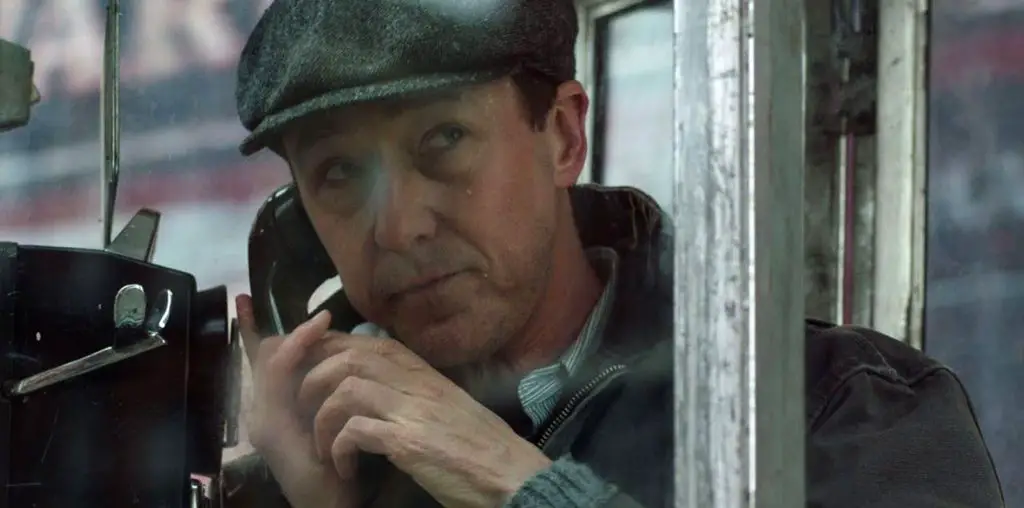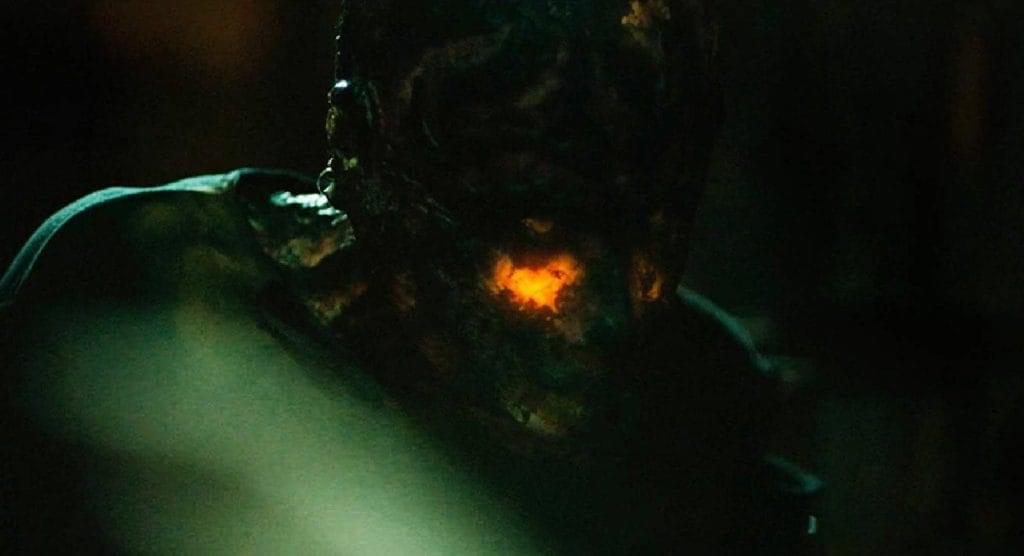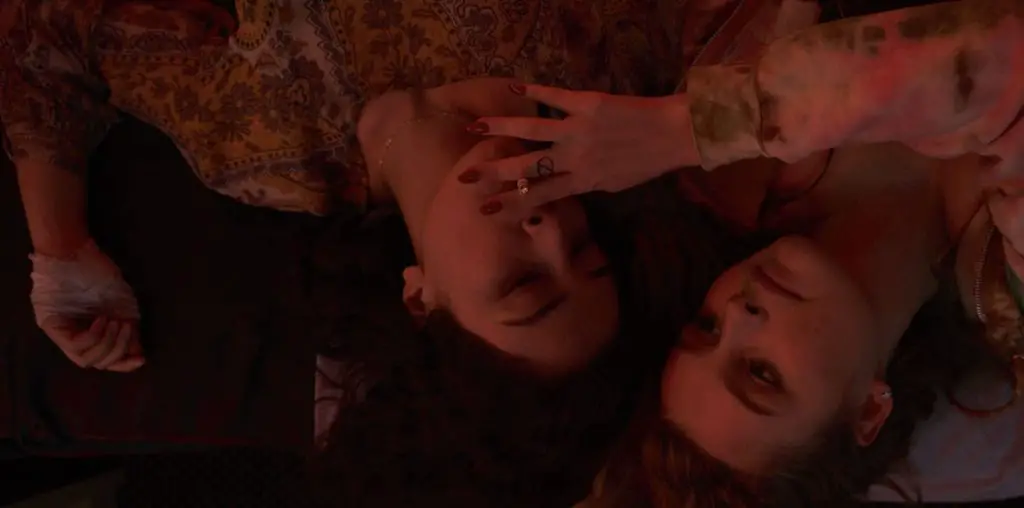
Anton Shaw (Tony Eusoff) is a private eye in Tony Pietra Arjuna’s Shadowplay. In the beginning stages of his career, Anton prides himself on his ability to find information and track people. While he is good at his job, he is trying to make a name (and money) for himself and prove his worth. When Louise Numan (Susan Lankester) asks Shaw to find her daughter, Lamya Shahruddin (Juria Hartmans), he undertakes a journey of darkness and pain. Anton will have to delve into his harrowing past to help guide him to the missing girl.
The visuals, music, and symbolism give significant meaning to all that the audience sees and hears during the film. Starting with a series of birds-eye shots, the viewer is instantly sucked into a world of beauty. In these shots, cars whiz by in a beautifully synchronized way. They represent more than just the hustle and bustle of Malaysia, but also the inner turmoil of the characters. More than usual, color plays a role in the meaning and tone of the movie.
Writer and director Tony Pietra Arjuna incorporates intense color into many of the shots. Not only are the scenes physically attractive as a result of Arjuna’s decision, but he also forces viewers into a bottomless pit of emotion. The emotions present throughout Shadowplay jump off the screen, causing the audience to feel what is happening in any given sequence. The most prominent color represented throughout is purple. It illuminates the audience towards the perpetual mystery and the search for knowledge and wisdom. The strong visual representations of what Shaw is feeling in each scene allows viewers to feel as if they were part of the film and appreciate more of what takes place.
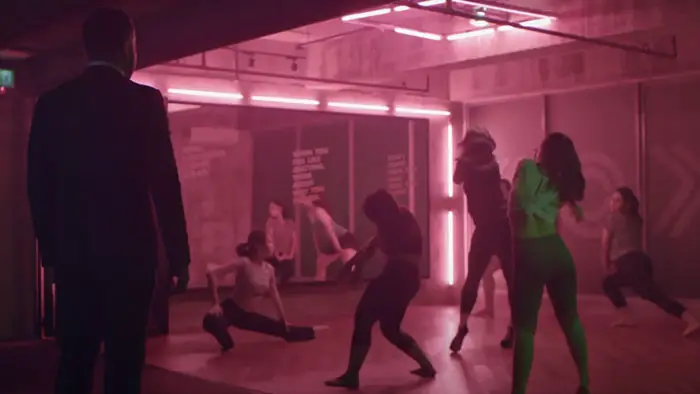
“Anton will have to delve into his harrowing past to help guide him to the missing girl. “
Finally, we have arrived at the score by Stellar Dreams. The synthwave music creates an ominous ambiance, adding to the mystery and sense of the unknown the characters will be facing. It imbues each scene with an eerie atmosphere and further helps with the emotional weight of the plot.
While these aspects are beautiful, the story is terribly fragmented. Shadowplay possesses all the same qualities of Inception or Shutter Island but lacks clear confirmation of what is happening at any point (the summarization of the end will leave viewers in the dark). The back and forth between fantasy and reality, the past and present, made much of the plot very difficult to follow.
The fractured narrative is clearly a representation of Shaw’s psyche and his inability to understand what is real and what is in his head. Yet, allowing the story to play out in such a way made it difficult for audiences to appreciate the journey, or find a way to connect to the protagonist. Arjuna’s inability to deliver in terms of storytelling caused the great strides he took in terms of the music and visuals to fall short and dilute the meaning of this mysterious tale.
Shadowplay had the potential to be a wonderfully energetic and thrilling story of hope and adventure. But it falls flat on its face as it fails to deliver any semblance of narrative cohesion. The fractured anecdote of life and love will turn audiences off and leave them cold and without answers. Though, the visuals, score, and symbolism all combine to warrant at least one viewing of this film.
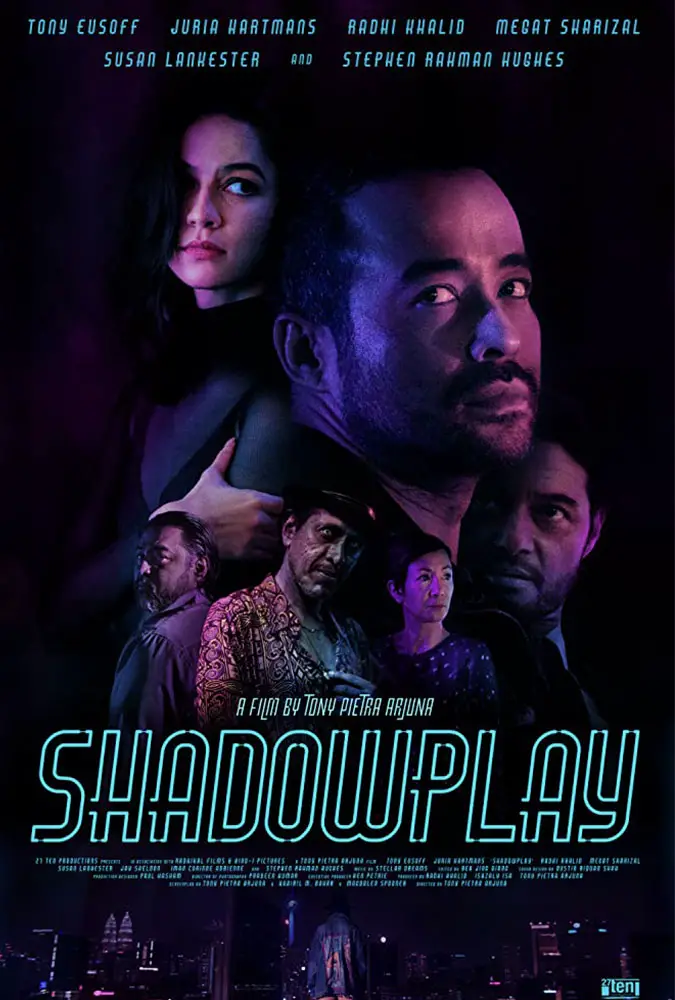
"…the fractured narrative is clearly a representation of Shaw's psyche..."
